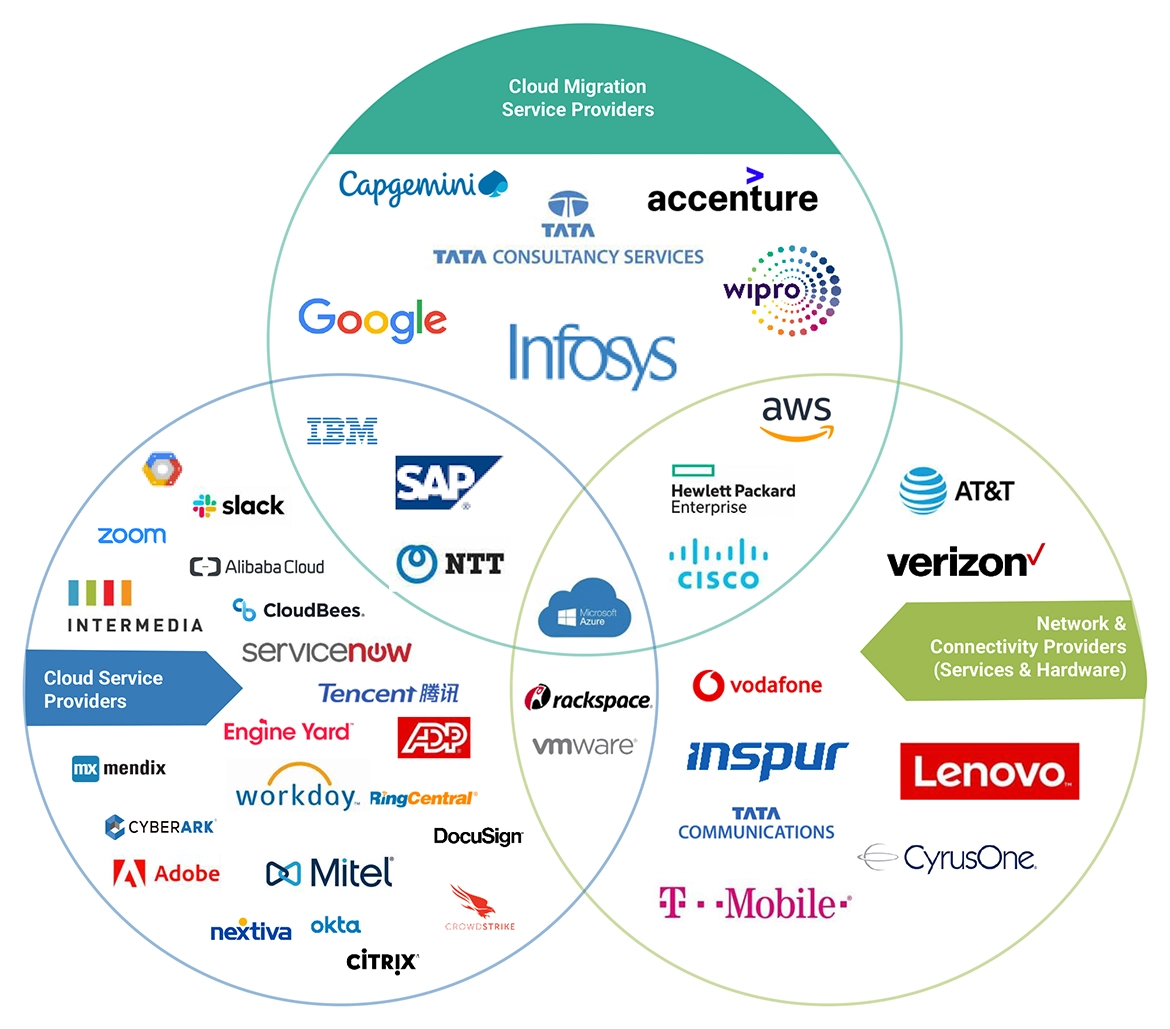Understanding Your Current Infrastructure
Before you even think about migrating to the cloud, you need a thorough understanding of your existing IT infrastructure. This involves identifying all your applications, servers, databases, and network configurations. Document everything – from the hardware specs to the software versions and dependencies. This detailed inventory will be your roadmap during the migration process, helping you to plan effectively and avoid unexpected roadblocks. Consider using a detailed spreadsheet or a dedicated inventory management tool to keep track of everything. The more thorough you are, the smoother your transition will be.
Choosing the Right Cloud Provider
The cloud landscape is vast and varied. Major players like AWS, Azure, and Google Cloud each offer different strengths and weaknesses. Your choice depends entirely on your specific needs and priorities. Consider factors such as cost, security features, compliance requirements, geographic location of data centers, and the specific services offered. Do you need advanced analytics? Do you require specific compliance certifications? Some providers specialize in certain industries or applications, making them a better fit for particular businesses. Researching and comparing different providers is crucial before making a commitment.

Developing a Comprehensive Migration Strategy
Once you’ve assessed your infrastructure and chosen a cloud provider, it’s time to develop a detailed migration strategy. This involves choosing a migration approach – rehosting (lift and shift), replatforming, refactoring, repurchase, or retire. The best approach depends on the specific application and its compatibility with the cloud. A phased approach, migrating applications in stages, is often the safest and most manageable strategy, minimizing disruption to your business. Your plan should also include timelines, resource allocation, and contingency plans to handle unexpected issues.
Data Migration and Security
Data is the lifeblood of any business, and its secure and efficient migration is paramount. You need a well-defined data migration plan that addresses data backup, transfer methods, data cleansing, and data validation. Prioritize security throughout the process, encrypting data both in transit and at rest. Regular backups are essential to mitigate any potential data loss. Complying with relevant data privacy regulations, such as GDPR or HIPAA, is also crucial, ensuring that sensitive data is handled responsibly and legally throughout the migration.
Testing and Validation
Thorough testing is an essential part of a seamless cloud migration. Before completely switching over, conduct rigorous testing to ensure all applications and services are functioning correctly in the cloud environment. Performance testing, load testing, and security testing are all crucial steps. Identify and resolve any issues before they impact your business operations. This testing phase will help you identify any unforeseen challenges and fine-tune your configurations to optimize performance and reliability in the cloud.
Monitoring and Optimization
Cloud migration is not a one-time event; it’s an ongoing process. After the migration is complete, continuous monitoring of your cloud infrastructure is essential. Use the cloud provider’s monitoring tools to track performance metrics, resource utilization, and security alerts. Regularly optimize your cloud resources to ensure cost-effectiveness and maintain optimal performance. This ongoing management will help you identify and address any issues promptly, ensuring your systems remain stable and efficient.
Post-Migration Support and Training
Even with meticulous planning, unexpected issues can arise after the migration. Having access to post-migration support from your cloud provider or a third-party consultant is crucial. This support can help you troubleshoot problems, optimize performance, and ensure a smooth transition for your team. Invest in training for your IT staff to equip them with the skills and knowledge to manage your cloud infrastructure effectively. This ongoing support will ensure a successful and lasting transition to the cloud.
Choosing the Right Partners
Partnering with the right experts can significantly simplify the complexities of cloud migration. Consider engaging experienced cloud consultants who can guide you through each step of the process, providing valuable insights and expertise. They can help you design a tailored migration strategy, perform the migration, and provide ongoing support. This external support can alleviate some of the internal pressure and workload, allowing your IT team to focus on other critical business functions. Remember, the right partnerships can make all the difference in a smooth and successful cloud journey. Please click here to learn more about cloud migration services providers.

